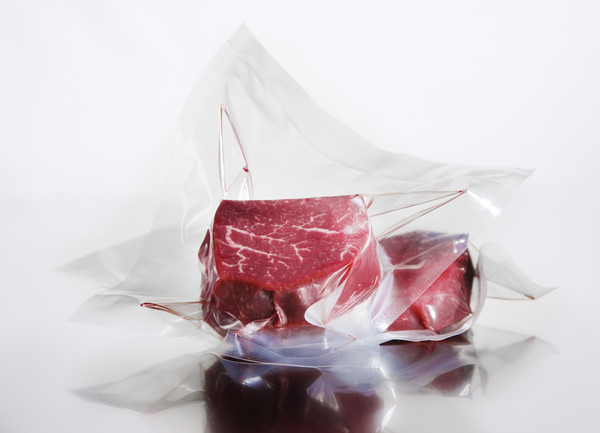Advantages of the sensor in vacuum packaging
When talking about vacuum packaging machines, we generally hear about two cycle control systems: control by time and control by sensor.
In machines with cycles controlled by time, the pump creates the vacuum in the chamber during the time preset by the user. In models with a sensor, the pump creates the vacuum in the chamber until it reaches the vacuum percentage set by the user.

What advantages does the sensor-controlled cycle have for the user? There are three main advantages of the sensor-controlled vacuum packaging cycle.
- Guaranteed uniform results
In packaging machine models with a sensor, the pump creates the vacuum in the chamber until it reaches the desired vacuum percentage. Therefore, you will be sure the desired vacuum has been reached at the end of the vacuum packaging process. If there is a greater amount of product in the chamber, it will be quicker. If, in contrast, you reduce the amount of product to package, it will take longer, but you will have obtained the same vacuum percentage in both cases.
With the timed machine, you will have to set different times depending on the amount of product to package, to obtain (approximately) the same level of vaccum in all cycles.
- Better control when packaging liquids
The boiling point is the temperatures at which the steam pressure of a liquid is equal to atmospheric pressure. When vacuum packaging a liquid, the atmospheric pressure inside the chamber is reduced, causing the product to package to boil, even though the boiling temperature it would need at a normal environmental pressure has not been reached.
Knowing the vacuum percentage at which a liquid boils when being packaged, with the control by sensor you can ensure it never exceeds this point. In addition, some packaging machine models (such as the “SU” by Sammic) comes with control of the boiling point of liquids. In this case, the safety measures go a step further and the pump stops when it detects that the product to be packaged has begun to boil, regardless of the vacuum percentage achieved.
By preventing the liquids from boiling, the product to be packaged retains the moisture and quality and the chamber does not get dirty. In addition, as the product is not spilt, it is not mixed with the oil in the vacuum pump. The quality of the oil in the pump is not reduced and the pump will not rust.
- Optimisation of the working times
Unlike the control by times, sensor-controlled models optimise the working times, they avoid leaving the pump running once the desired vacuum has been reached in the chamber. In addition, as the pump is not working for longer than necessary, this enhances its durability and prevents unnecessary overheating.
Depending on the range of products available from suppliers, the sensor may require a higher economic outlay in comparison with time-controlled models. In the medium term, the advantages of the sensor-controlled cycle that we have described result in a secure return of the initial investment.
With the new range of vacuum packaging machines, Sammic goes a step further. The basic or entry level range (“SENSOR”) is made up of simple but high quality models, all equipped with a highly accurate sensor and Busch pump, providing the most important features at a fair price.
The superior range (“SENSOR ULTRA”) consists of models that combine the basic characteristics of the SENSOR range, plus the detection of liquid evaporation, in addition to other more advanced features, both as standard and optional, that make it possible to configure each product according to the specific needs of every user.
